10 Must-Know AI Tools for Web Designers in 2025
3/21/20253 min read


Introduction to AI in Web Design
As a web designer in 2025, staying ahead of the curve is very crucial. With the rapid advancements in AI technologies, designers have a plethora of tools at their disposal that can streamline their workflow, enhance creativity, and improve the overall user experience. In this blog post, we’ll explore the ten best AI tools every web designer should know.
1. Adobe Sensei
Adobe Sensei is revolutionizing the creative process. This AI-driven technology helps designers automate repetitive tasks, allowing them to focus on what really matters: creativity. From content-aware fill to automated image tagging, Adobe Sensei simplifies many of the technical aspects of design.
2. Figma's Design Systems
Figma has incorporated AI capabilities into their design system. It allows designers to easily manage components and ensures consistency throughout a project. Its AI features suggest design alterations based on user interactions, making it a must-have for collaborative web projects.
3. Canva's Magic Resize
Canva's Magic Resize tool is perfect for web designers looking to create content across different platforms. This AI-powered feature effortlessly resizes images and layouts, ensuring your designs look stunning, no matter where they are published.
4. Sketch's Smart Layout
Sketch has integrated smart layout features that adjust elements in real-time based on context and constraints. This allows web designers to tweak layouts with ease and ensures responsive design practices are adhered to seamlessly.
5. Framer's AI Text Generator
Framer's AI text generator is a game-changer for content creators. It helps designers generate relevant text based on a few keywords, saving time and ensuring that the right message is conveyed within the design.
6. Remove.bg
Say goodbye to manual background removal! Remove.bg uses AI to instantly eliminate backgrounds from images, which is invaluable for web designers looking to enhance product photographs or create stunning visuals without any hassle.
7. Uizard
Uizard is an incredible tool that allows designers to convert sketches into digital designs using AI. With the help of machine learning algorithms, it translates hand-drawn wireframes into interactive prototypes, making the design process faster and more efficient.
8. DeepArt
For those looking to add a touch of artistry to their web projects, DeepArt leverages AI to convert photos into artistic interpretations. This is especially useful for designers wanting to create unique visuals that stand out from the crowd.
9. ChatGPT for Copywriting
ChatGPT offers web designers assistance with copywriting. By providing outlines or responding to prompts, this AI tool helps in creating compelling content that captivates visitors while still aligning with the overall design.
10. Zeplin for Handoff
Efficient communication between designers and developers is key to successful projects. Zeplin acts as a bridge between design and development, using AI to ensure that specifications and assets are ready for a seamless handoff.
Conclusion
Embracing AI tools in web design not only enhances productivity but also fosters creativity. These ten tools are transforming the way designers work, making it easier to produce exceptional designs that resonate with users. As we move further into 2025, integrating AI into your web design toolkit will be essential for staying competitive in the industry.
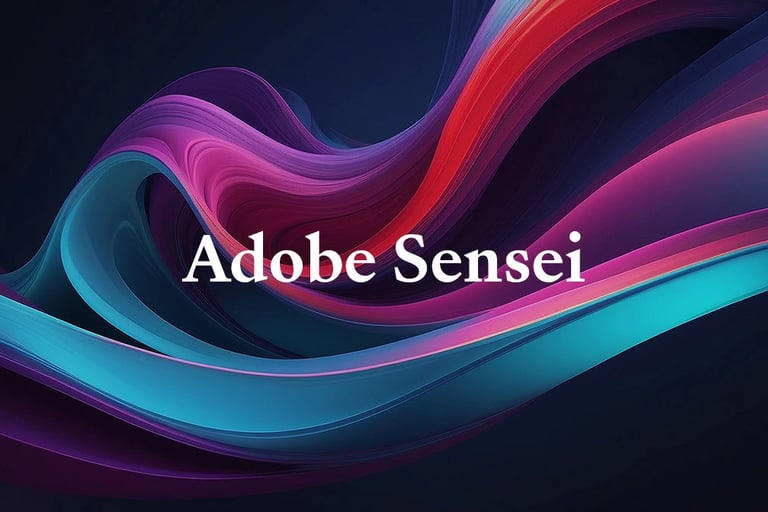

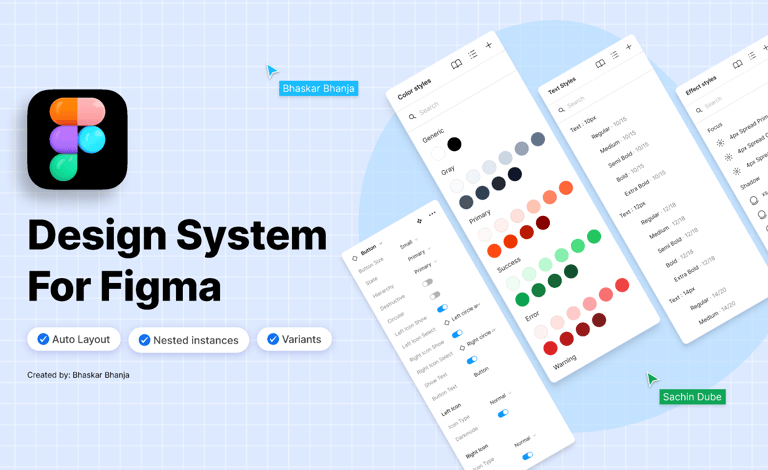

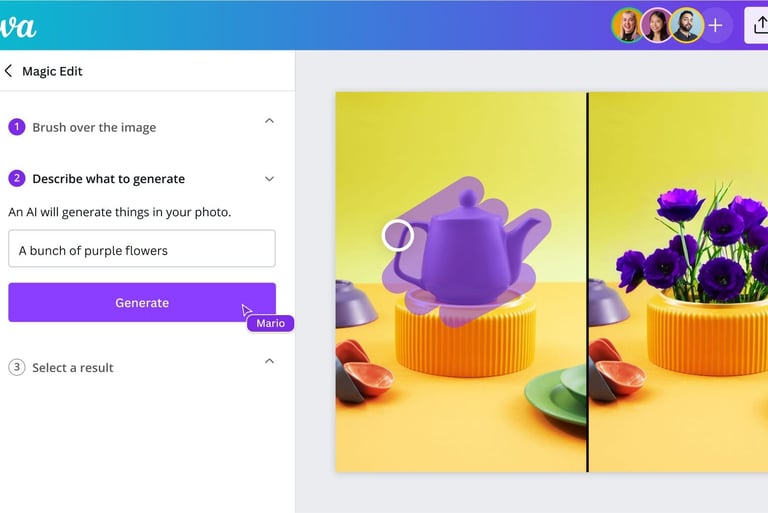

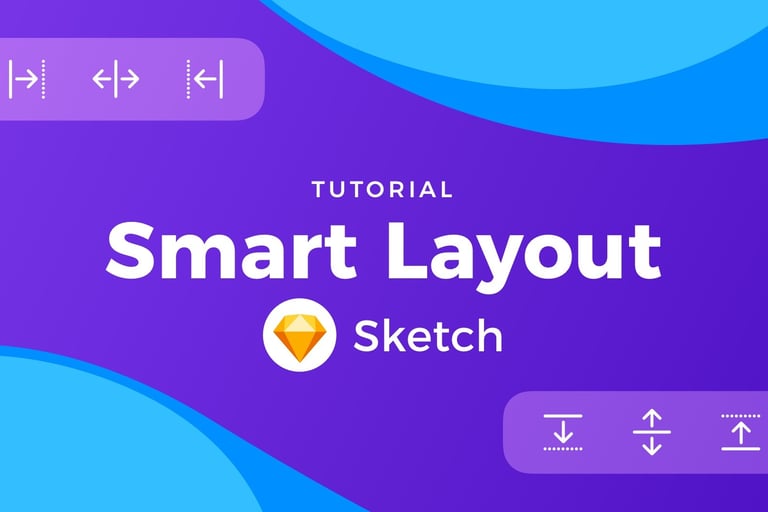

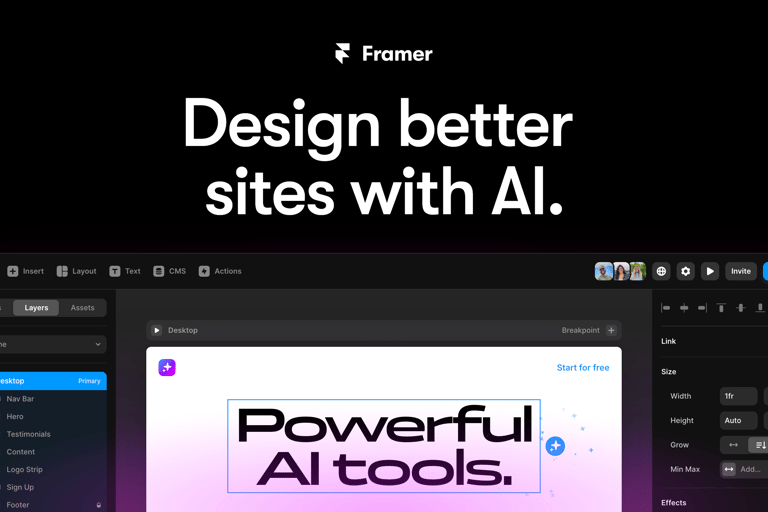

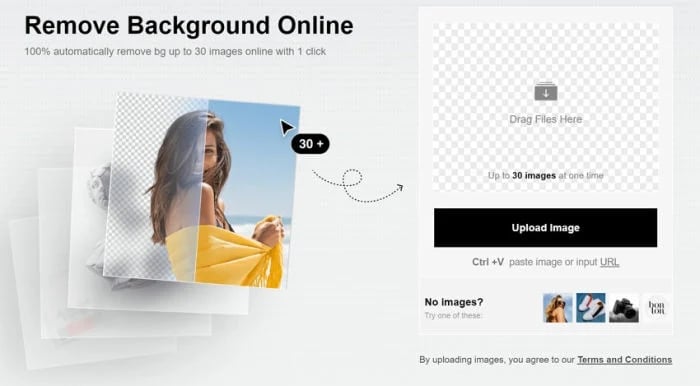

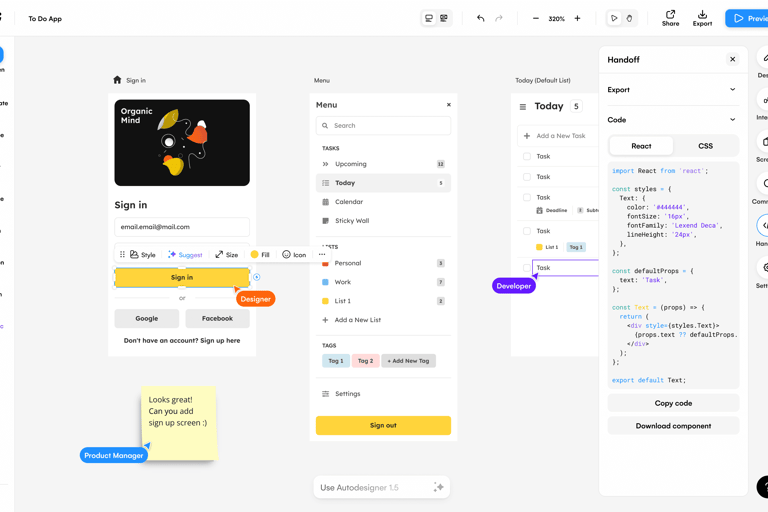

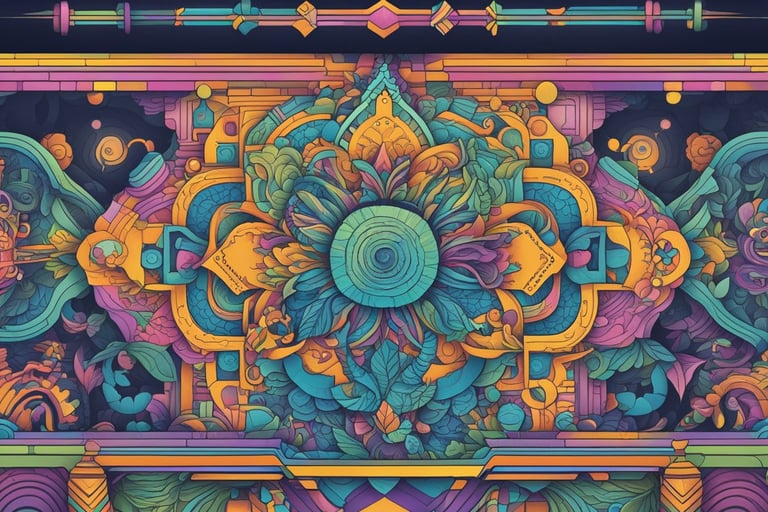

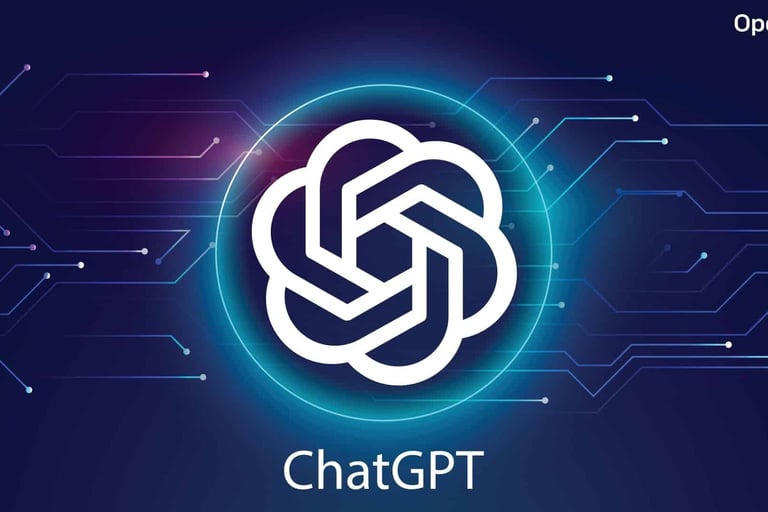

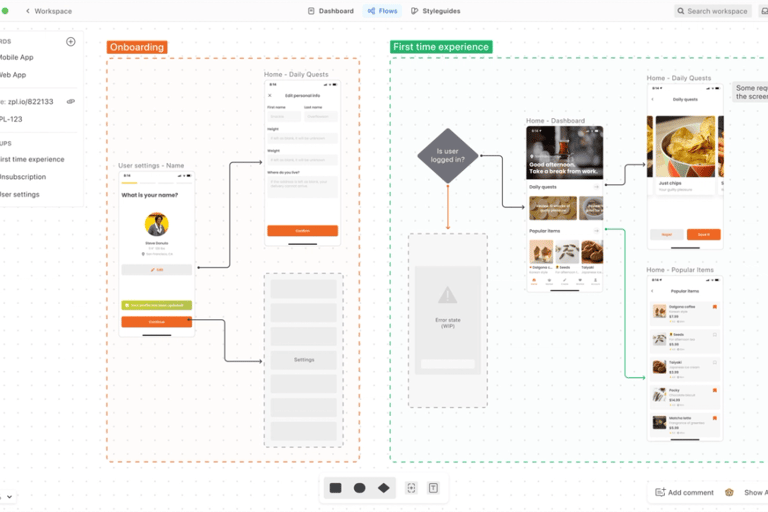

Insights
Discover tech, manga, finance, top news and nature
Connect
Support
work.fokata@gmail.com
© 2025. All rights reserved.
Created by
Tanishq sahukar
Manav goswami
Ujjawal sharma